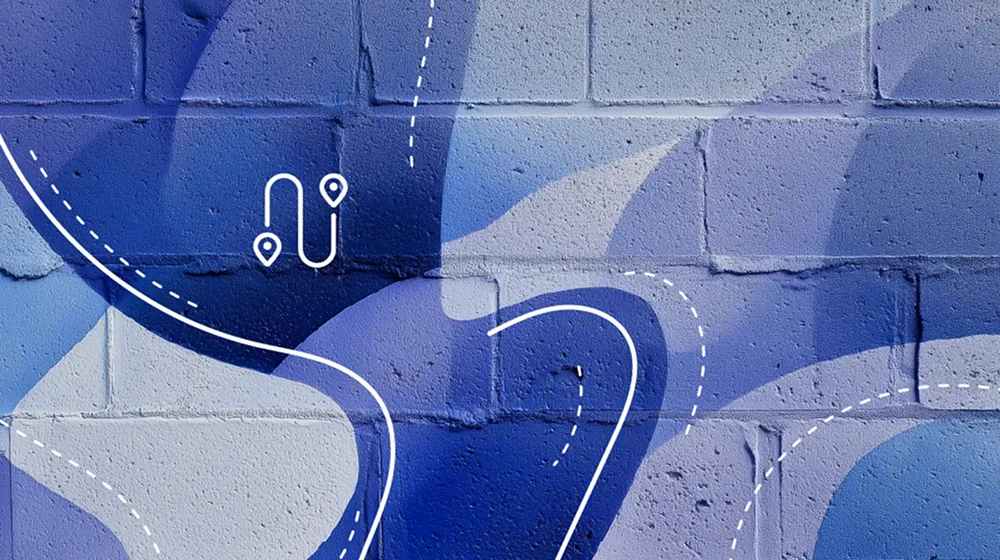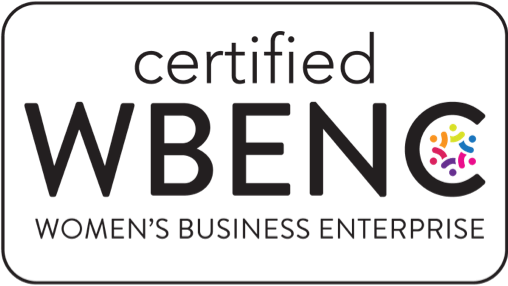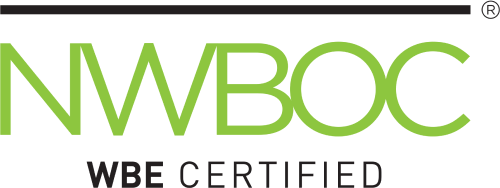Case study: Transportation
Operating model transformation drives operational efficiency for a global airline

Table of contents
Moving from a leader in customer care to world class was a strategic business priority for one of the largest U.S.-based airlines. But a 100-year-old operating model stood in the way. After a century of success, the company knew that it was time for a large-scale transformation of its customer care organization. The airline began a major effort to shift the global operations of this 8,000-person organization from a geography-based model to a line-of-business model. The goals were to elevate the customer experience, create operational efficiencies, and enhance the employee experience.
This massive transformation was happening alongside ongoing enterprise and technology change. What’s more, parts of the customer care organization were moving to remote work. All of this simultaneous change added complexity to the transformation. The company selected Eagle Hill to execute its bold vision. The team combined organizational design, project management, and change management expertise, providing the partnership to navigate this once-in-a-century change to optimize the business.

Goal
Implement a large-scale operating model transformation to deliver exceptional customer care—modernizing organizational design; aligning talent, processes, and culture; optimizing operational efficiencies; and supporting people to successfully adopt new ways of working.
Unconventional consulting—and breakthrough results

in savings identified

employees aligned under a new model

operational processes analyzed for improvements
The challenge: A fragmented operating model threatening customer experience
The airline ranks as one of the best in the world in customer satisfaction and has a legacy of excellent customer service. Yet, its operating model was limiting the potential to reach world class. Regional silos isolated teams working on the same line of business. This fragmentation created inefficiencies, skills imbalances, and inconsistent management practices. The result? Uneven service levels that weakened the customer and employee experience and risked brand reputation.
While leadership had a plan for change, they had limited bandwidth to implement the operating model transformation and knew the benefits of partnering with an external organization to drive results.
The roadmap to success: A structured, data driven approach—that puts people first
Operating model transformation is like peeling an onion; there’s always another layer to uncover.
Given the size and scope of this organizational design initiative, our team knew to anticipate cascading impacts and prepared accordingly. With this in mind, we took a practical and flexible approach grounded in data analysis.
We put people first by prioritizing leadership and team buy-in at every step and creating feedback loops. Our methodology brought clarity to complexity. It was a systematic framework for implementing the customer care organization’s first-ever operating model transformation. Key activities include:
Defining the organizational design
To ensure the transformation plan would optimize both the frontline and back office, we conducted design workshops to refine the operating model. Our deep collaboration with HR informed a talent placement plan that addressed roles and skills, supervisory models, and ways to enhance the virtual employee experience. We also worked closely with experience design and tech teams to support the transformation from a technology angle.
Creating a transformation roadmap
To lay the foundation for success, we developed a phased implementation roadmap based on industry best practices and the airline’s unique needs. This roadmap guided program management and aligned stakeholders around a shared understanding of what to expect.
Conducting span of control and process analysis for organizational efficiency
As part of our data-driven approach, we conducted a span of control analysis for 8,000 customer care employees. This benchmarking and complexity analysis evaluated the optimal number of direct reports for each supervisor to improve organizational efficiency. This analysis laid the foundation for using data-driven insights throughout the engagement. We also conducted a span of control analysis of vendors to help restructure the business partner organization.
To identify opportunities to improve efficiency and operating margins, we assessed and scored more than 175 operational processes. This process revealed which tasks could be moved to a centralized global service model. Additional analysis identified the cost savings potential of this model—up to $4.5 million.
Launching and running a planned pilot
We executed a pilot to pressure test the remote working environment, new supervisory models, and enabling technologies. This included developing the strategy, creating change communications, providing training and coaching for leaders and employees, soliciting feedback to ensure a positive experience, and analyzing lessons learned.
Engaging people in the change
We designed and implemented a change management approach tailored to distinct stakeholder groups and grounded in top strategies used by Fortune 100 companies. Our change messages integrated with messages from other ongoing change programs, and we continually communicated with leaders to ensure buy-in.
Aligning the leadership team for customer experience success
We coalesced senior leaders around the transformation strategy and roadmap. They knew what to expect and had a shared understanding of why the operating model transformation was key to the journey to world class, more efficient operations, and technical support responsiveness.
The path forward: Scalable operating model transformation for customer experience excellence
Our work laid the foundation for the airline to continue rolling out the operating model transformation beyond the first pilot. The customer care organization now understands—and is bought into—the implications of change.
Today, the airline is preparing to move from the pilot to full execution. Our team went above and beyond in developing resources to prepare the customer care organization for future implementation. They have project plans, tools, training, and documentation to jumpstart continued progress on their journey to world class customer care and experience.

